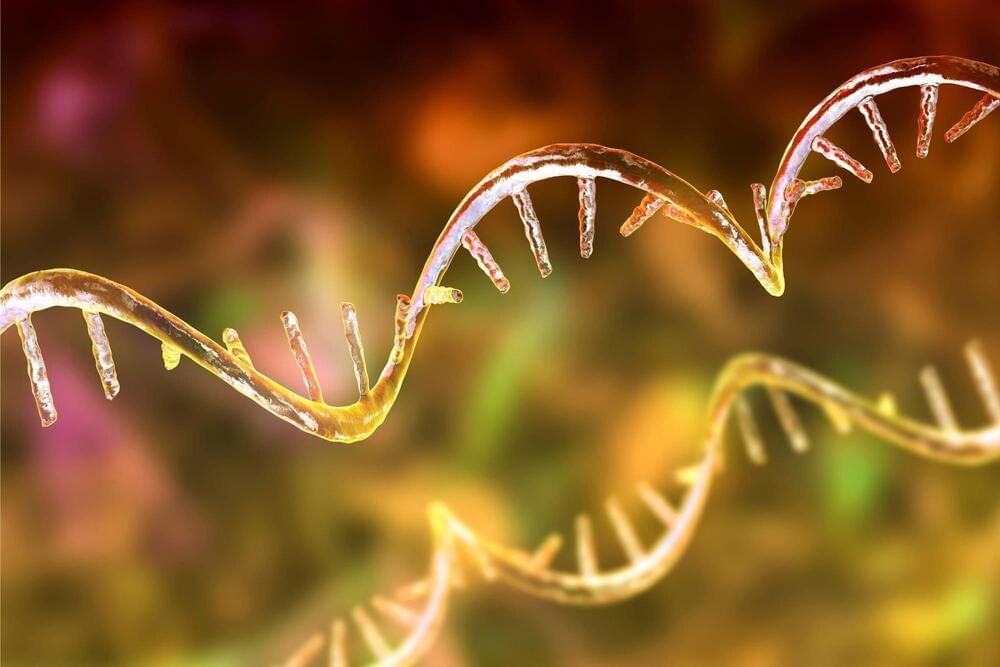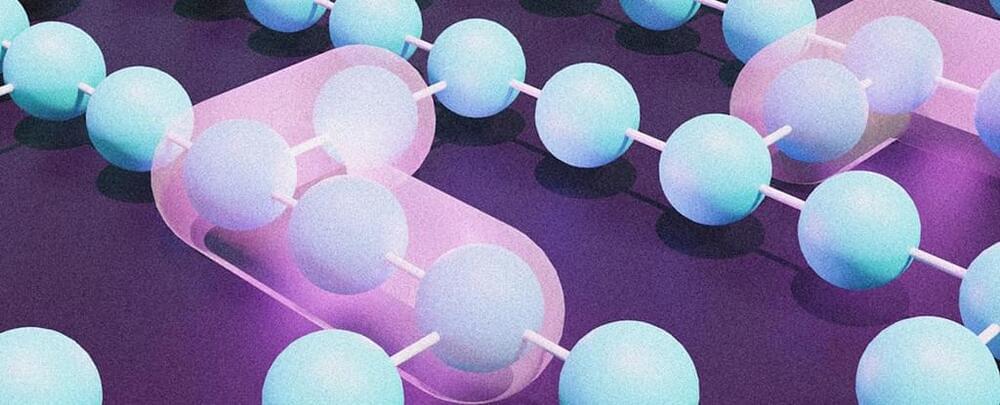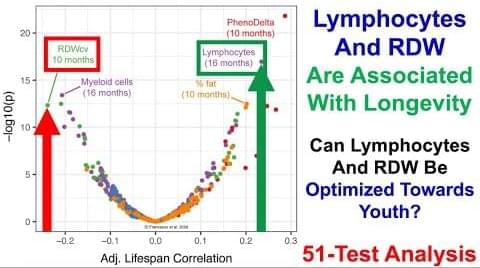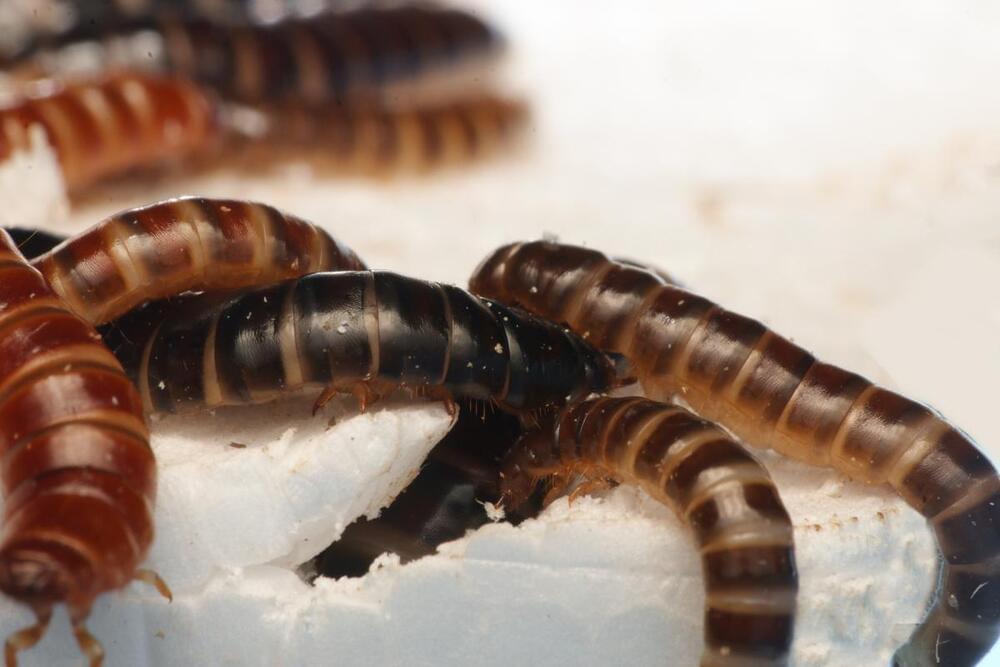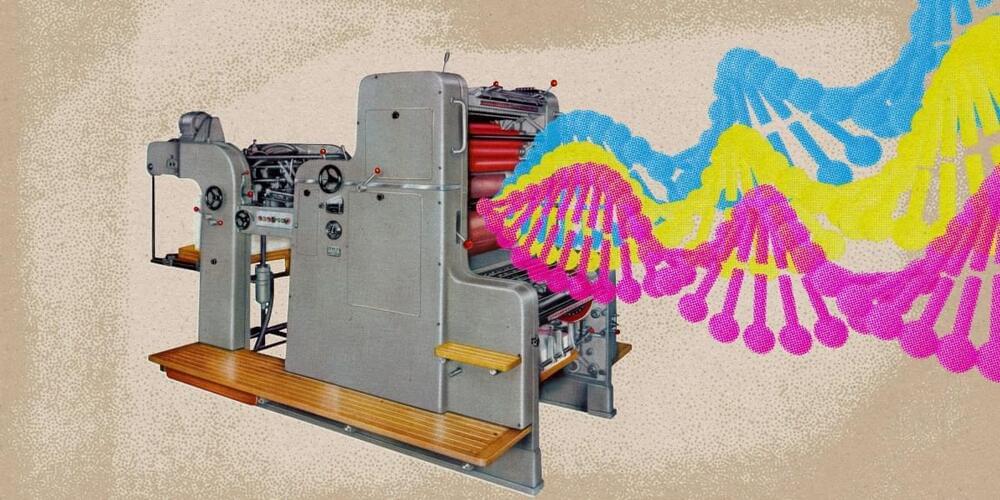Nov 10, 2024
“Astonishing” — Scientists Unveil First Blueprint of the Most Complex Molecular Machine in Human Biology
Posted by Paul Battista in categories: biotech/medical, genetics, nanotechnology, neuroscience
Scientists at the Centre for Genomic Regulation (CRG) in Barcelona have developed the first comprehensive blueprint of the human spliceosome, the most complex and intricate molecular machine found in every cell. This groundbreaking achievement, over a decade in the making, was published in the journal Science.
The spliceosome edits genetic messages transcribed from DNA, allowing cells to create different versions of a protein from a single gene. The vast majority of human genes – more than nine in ten – are edited by the spliceosome. Errors in the process are linked to a wide spectrum of diseases including most types of cancer, neurodegenerative conditions, and genetic disorders.
The sheer number of components involved and the intricacy of its function has meant the spliceosome has remained elusive and uncharted territory in human biology – until now.
